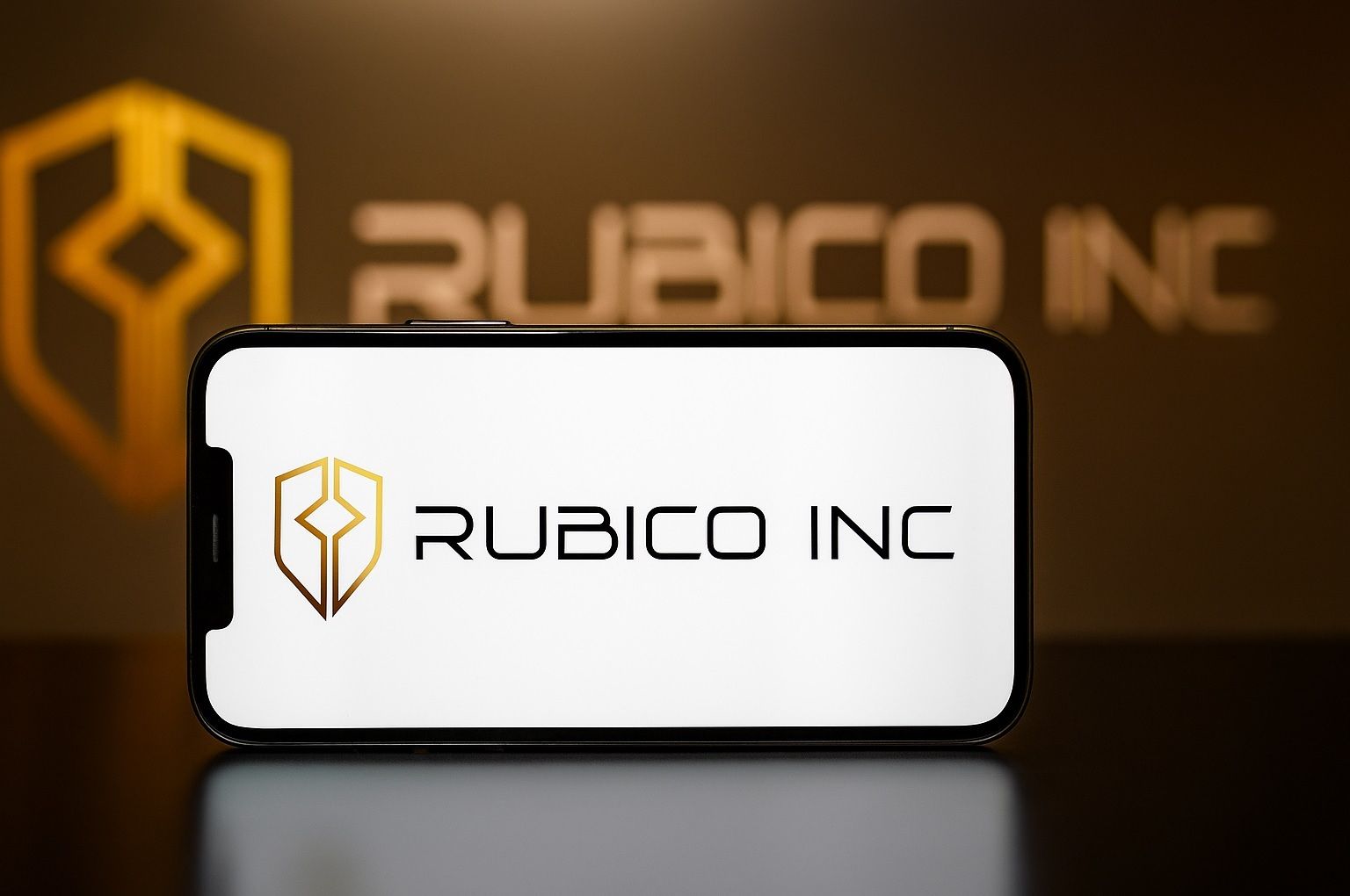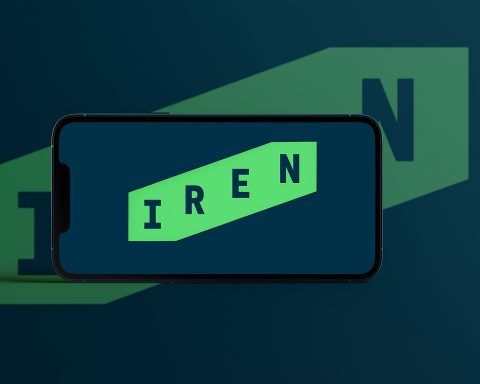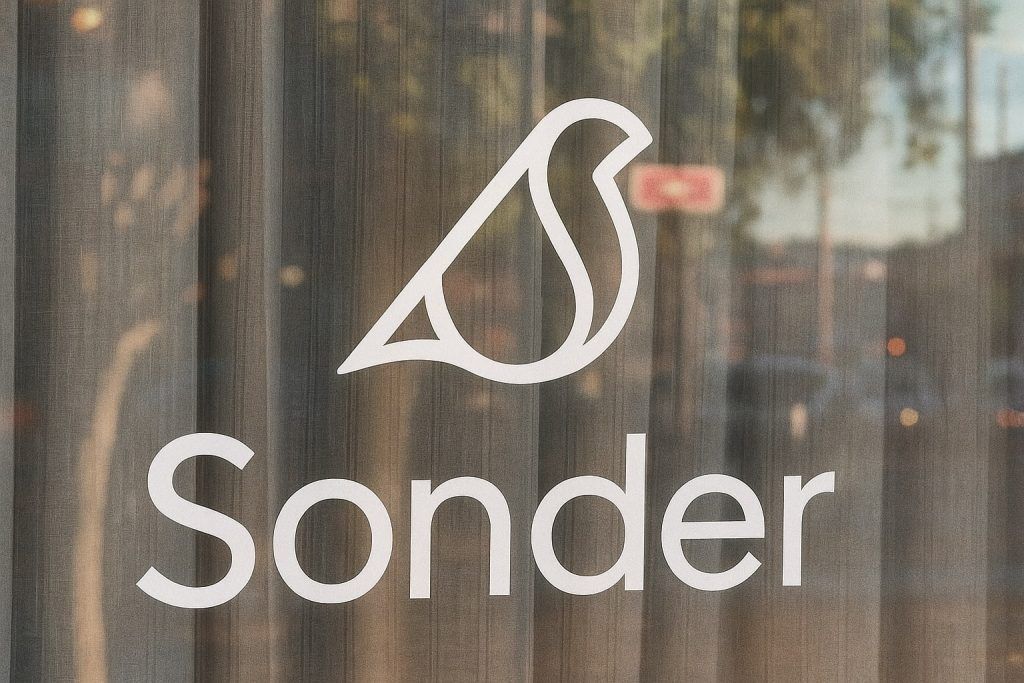Rubico Inc. (NASDAQ: RUBI), the tiny Greek crude‑oil tanker owner that only began trading on Nasdaq in August, is back in the spotlight today after closing a major $84 million fleet refinancing — and still seeing its stock sink around the $0.20 level. [1]
The company has wrapped up sale‑and‑leaseback deals on both of its Suezmax tankers with a Chinese financier, freeing up roughly $10.4 million in cash after repaying older debt. Yet RUBI shares remain near all‑time lows after a bruising, highly dilutive $7.5 million public offering earlier this month. [2]
Below is a full, investor‑focused roundup of all the main Rubico news and market action visible today (13.11.2025).
Key takeaways
- RUBI stock today: Trading around $0.20, down roughly 14% on the day, with intraday volatility between roughly $0.19 and $0.30 and huge volume near 95–100 million shares. [3]
- New financing closed: Rubico completed $84 million in sale‑and‑leaseback deals for its two 157,000 dwt “ECO” Suezmax tankers, Eco West Coast and Eco Malibu, with a major Chinese financier. [4]
- Cash unlocked: The transaction generated about $10.4 million in gross cash proceeds after repaying previous vessel debt and a short‑term related‑party bridge loan. [5]
- Stock reaction: Reuters/Investing.com report RUBI fell about 12.2% on Wednesday after the refinancing announcement, and the stock remains down over 90% year‑to‑date. [6]
- Earlier in November: A $7.5 million public offering of 12.3 million units at $0.609 — with highly dilutive warrant structures — triggered a 50%+ one‑day crash and a prolonged slide. [7]
RUBI stock today: wild intraday swings around $0.20
As of this afternoon on 13 November 2025, Rubico Inc. shares are trading at about $0.1999, down roughly 13.9% from the prior close. Intraday data show: [8]
- Last price: $0.1999
- Intraday high: ~$0.30
- Intraday low: ~$0.19
- Volume: ~95.6 million shares
- 52‑week range: $0.1866 – $6.69
That puts Rubico’s market capitalization at only around $0.6–0.7 million, an almost surreal number for a company that controls two large crude‑oil tankers worth enough to support an $84 million financing package. [9]
Pre‑market coverage earlier today flagged RUBI as one of the most volatile movers: ChartMill noted a pre‑market gain of more than 20% to roughly $0.24, following a 13.9% loss yesterday, while 24/7 MarketNews reported RUBI trading intraday around $0.28 on surging volume over 20 million shares. [10]
Taken together with the official tape, today’s action fits the pattern of the past week: massive volume, huge percentage swings, but very little net price recovery after the early‑November offering shock.
What happened: Rubico completes $84 million fleet refinancing
The big corporate headline investors are digesting today is that Rubico has closed its previously announced fleet refinancing via sale‑and‑leaseback agreements for both of its Suezmax tankers: [11]
- Counterparty: A major Chinese financier
- Vessels: M/T Eco West Coast and M/T Eco Malibu (each 157,000 dwt Suezmax tankers)
- Total facility: $84 million, split between the two ships
According to the Reuters‑sourced coverage and the company’s own GlobeNewswire release, the structure looks like this: [12]
Terms of the sale‑and‑leaseback
- Eco West Coast
- Financing amount: $42 million
- Tenor: 10‑year bareboat charter
- Payments: 120 monthly installments of ~$0.18 million
- End‑of‑term: $20 million purchase obligation
- Interest rate: 3‑month SOFR + 1.95%
- Eco Malibu
- Financing amount: $42 million
- Tenor: 10‑year bareboat charter
- Payments: 120 monthly installments of ~$0.19 million
- End‑of‑term: $19 million purchase obligation
- Interest rate: 3‑month SOFR + 2.10%
In both cases, Rubico sells the vessels to the financier, then charters them back under bareboat arrangements (Rubico operates the ships and bears most operating costs). The deals include options for Rubico to buy back each tanker after the first year at pre‑agreed prices. [13]
Cash released and leverage
After paying off previous vessel loans and a short, five‑day related‑party bridge loan, Rubico says the transactions freed up around $10.4 million in cash. [14]
CEO and President Kalliopi Ornithopoulou emphasized that the cash released from the refinancing is “significantly in excess” of Rubico’s current market capitalization, and that fleet leverage after the deal sits at about 50%, a relatively moderate level for a tanker owner. [15]
The financing agreements also include: [16]
- Guarantees from Rubico Inc. and its parent Top Ships Inc.
- Cross‑default provisions
- A required maximum leverage ratio of 85% (as defined in the guarantees)
- Minimum cash requirements:
- At least $0.50 million linked to the Eco Malibu facility
- At least $0.40 million linked to the Eco West Coast facility
For a company of Rubico’s size, these covenants and minimum liquidity thresholds matter: any sharp deterioration in tanker earnings or additional capital‑structure stress could make them harder to meet.
Why is the stock still under pressure?
Despite closing a potentially value‑unlocking refinancing, RUBI is not rallying sustainably. The main reason: the hangover from Rubico’s early‑November equity offering.
The $7.5 million public offering that broke the stock
On 5 November 2025, Rubico announced the pricing of an underwritten public offering of 12,315,270 units at $0.609 each, with each unit consisting of one common share and one Class A warrant. The stock immediately collapsed about 51% in a single session after the pricing release. [17]
Key structural points from that deal: [18]
- Gross proceeds: Approximately $7.5 million
- Unit structure:
- 1 common share
- 1 Class A warrant (initially exercisable at the offering price)
- Warrant sweeteners:
- Exercise price reset to 70% of the initial price on the 4th trading day after closing
- Reset to 50% on the 8th trading day
- A “zero‑cash” exercise feature allowing holders to swap each warrant for twice the number of shares, further compounding dilution
- Share count impact: The company expected to have just over 5.3 million common shares before the offering, so issuing more than 12.3 million units represents a massive expansion of the float
A few days later, Rubico confirmed the closing of the offering on 6 November, again totaling about $7.5 million in gross proceeds. [19]
Between the pricing announcement and subsequent trading sessions, Rubico’s stock fell over 70% and, according to multiple data providers, is now down more than 90% year‑to‑date and over 88% in just 13 consecutive trading days. [20]
Technical and intraday pressure
On 12 November 2025, AInvest’s AI‑assisted “Mover Tracker” flagged RUBI for a 16% intraday plunge on ~17.9 million shares, pointing to heavy retail and algorithmic selling and a failure of the usual “oversold” bounce when the RSI hit extreme levels. [21]
In other words:
- The fundamental story (fleet refinancing, cash infusion) is trying to improve.
- The capital markets story (hyper‑dilutive offering, warrant overhang, micro‑cap status) still dominates price action.
For short‑term traders and algorithms, RUBI has essentially become a high‑beta trading vehicle, not a calmly valued shipping stock.
Who is Rubico Inc.?
For context, Rubico is a Greece‑based crude‑oil shipping company with an “eco‑conscious” positioning: [22]
- Business: Deep‑sea freight transportation of crude oil
- Fleet: Two modern, fuel‑efficient Suezmax ECO tankers, Eco Malibu and Eco West Coast (each 157,000 dwt)
- Ownership structure: Spin‑off from Top Ships Inc., completed August 2025
- Incorporation: Republic of the Marshall Islands
- Head office: Paiania, near Athens, Greece
- Exchange / ticker: Nasdaq Capital Market, RUBI
- 2024 financial snapshot (pre‑spin data):
- Revenue: ~$24.2 million
- Earnings: ~$5.9–6.4 million (depending on source) [23]
Rubico markets itself as “eco‑conscious”, highlighting fuel‑efficient designs and emissions‑reduction technologies on its investor‑facing website. [24]
How today’s refinancing changes the balance sheet
From a balance‑sheet perspective, today’s news is materially positive even if the market hasn’t rewarded it yet.
Positives
- Liquidity boost
- ~$10.4 million in cash unlocked is a huge number for a micro‑cap with a sub‑$1 million market cap. [25]
- Long‑term visibility on vessel financing
- 10‑year bareboat charters with pre‑defined monthly installments and purchase obligations provide high predictability on debt service, assuming tanker markets don’t collapse. [26]
- Leverage moderated
- Management indicates fleet leverage is around 50% after the deal — conservative by shipping standards, especially for modern eco‑tonnage. [27]
- Alignment with Chinese financing channels
- The involvement of a major Chinese financier fits a broader trend in global shipping, where Chinese lenders and leasing houses have become major capital providers to Greek owners. [28]
Ongoing risks
- Covenants & minimum cash
- Minimum liquidity of $0.9 million combined (Malibu + West Coast) and a max leverage ratio of 85% mean Rubico must manage its cash and earnings carefully — especially after heavy dilution and extreme share‑price volatility. [29]
- Equity overhang from warrants
- The November offering’s deep‑in‑the‑money, downward‑resetting warrants could keep pressure on the stock as holders monetize their position over time. [30]
- Micro‑cap, thin fundamental coverage
- Analyst coverage is essentially non‑existent, and liquidity is driven by short‑term trading flows rather than long‑term institutional investors. [31]
What investors are watching next
Based on today’s news flow (13 November 2025), here’s what market participants are likely focusing on:
- Can Rubico stabilize above its 52‑week low?
- At roughly $0.20, RUBI is hovering just above its recent low of about $0.1866. Any break lower could invite further forced selling or delisting concerns if the price remains depressed for an extended period. [32]
- Revenue and charter outlook
- The company’s ability to service its long‑term charter obligations will depend on tanker market conditions and charter coverage on its two Suezmaxes. A sustained downturn in crude tanker rates would squeeze cash flows. [33]
- Future capital actions
- After a highly dilutive offering, the market will be wary of any further equity or warrant‑related moves. Conversely, if management can demonstrate consistent earnings and covenant compliance, that could support a gradual re‑rating. [34]
- Communication from management
- Additional detail on how Rubico plans to deploy the $10.4 million of unlocked cash — for example, toward growth, deleveraging, or shareholder‑friendly actions — will be critical for rebuilding trust. [35]
Bottom line
For 13 November 2025, the story around Rubico Inc. (RUBI) is a sharp contrast:
- On the asset side, the company has locked in long‑term financing for two modern eco Suezmax tankers, freed significant cash relative to its market cap, and kept leverage at what management calls a “conservative” level. [36]
- On the equity side, RUBI remains a heavily diluted, ultra‑volatile micro‑cap that has lost more than 90% of its value this year and continues to trade like a speculative day‑trading vehicle rather than a steady shipping stock. [37]
For traders, that volatility is the attraction. For long‑term investors, the key question is whether Rubico’s fleet, contracts and new financing structure can eventually bridge the gap between asset value and market value — without another round of painful dilution.
Disclaimer: This article is for information and news purposes only and does not constitute investment advice, an offer, or a solicitation to buy or sell any securities. Always do your own research and consider consulting a licensed financial adviser before making investment decisions.
References
1. au.investing.com, 2. au.investing.com, 3. stockanalysis.com, 4. au.investing.com, 5. au.investing.com, 6. au.investing.com, 7. www.investing.com, 8. stockanalysis.com, 9. stockanalysis.com, 10. www.chartmill.com, 11. au.investing.com, 12. au.investing.com, 13. au.investing.com, 14. au.investing.com, 15. au.investing.com, 16. www.taiwannews.com.tw, 17. www.investing.com, 18. www.investing.com, 19. www.tipranks.com, 20. www.ainvest.com, 21. www.ainvest.com, 22. rubicoinc.com, 23. stockanalysis.com, 24. rubicoinc.com, 25. au.investing.com, 26. au.investing.com, 27. au.investing.com, 28. rubicoinc.com, 29. www.taiwannews.com.tw, 30. www.investing.com, 31. stockanalysis.com, 32. stockanalysis.com, 33. au.investing.com, 34. www.investing.com, 35. au.investing.com, 36. au.investing.com, 37. www.investing.com







